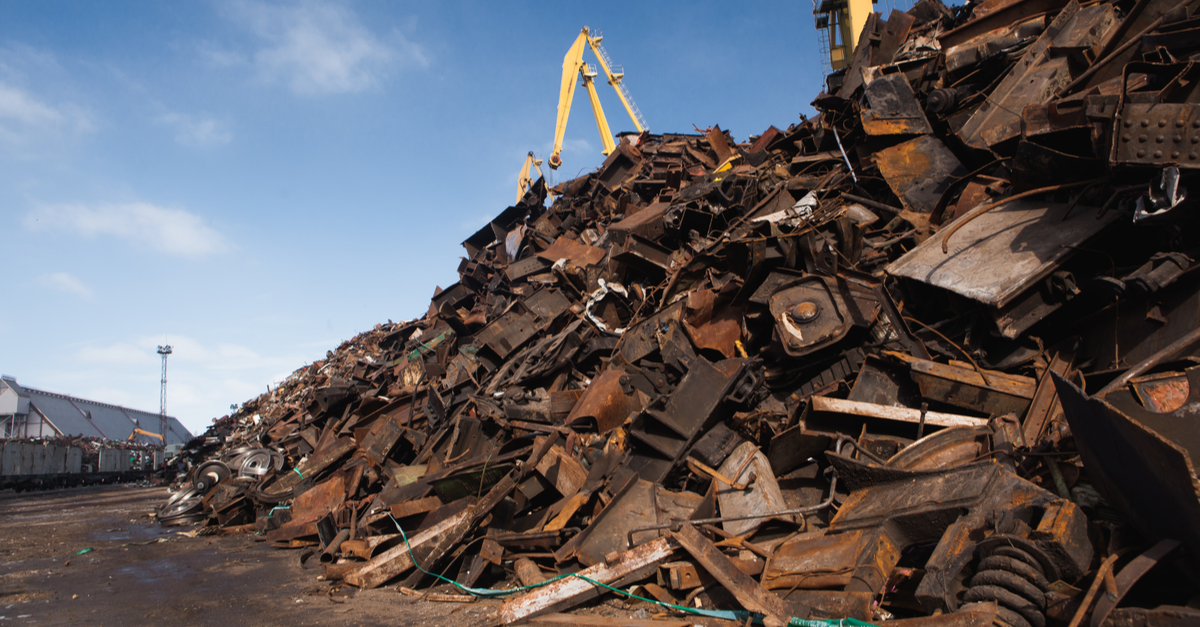
News Global Market Germany 1636 04 March 2024
The import of this raw material to the country decreased by 25% y/y in 2023
In 2023, Germany reduced exports of ferrous scrap by 3% compared to 2022 – to 7.61 million tons, the lowest volume since the 2009 crisis. This is reported by Kallanish with reference to data from the Federal Statistical Office of the country.
The total value of scrap exports in 2023 amounted to €4.1 billion (€4.9 billion in 2022).
The Netherlands has traditionally been the main destination for German supplies of this raw material, but last year, scrap exports to this country fell by 6% year-on-year to almost 1.68 million tons. Exports to Italy, the second largest buyer, increased by 4% y/y – to 1.5 million tons.
Germany’s direct exports of scrap to Turkiye, its most important non-EU buyer, increased by 4% y/y – to 661.6 thousand tons. Last year, Germany also increased its supplies of raw materials to India by 120% y/y, to 450.2 thousand tons.
Imports of scrap to Germany last year fell by 25% y/y – to 3.48 million tons, the lowest annual figure since 2006. In 2023, the Czech Republic supplied 874.3 thousand tons of scrap to the country, which is 6% more than in the previous year. The second largest supplier was the Netherlands (-24% y/y, 715.2 thousand tons), followed by Poland (-21% y/y, 512.1 thousand tons).
The decline in imports of steel scrap is explained by weak demand for raw materials from the German steel industry.
As GMK Center reported earlier, exports of scrap from the European Union increased by 7% in 2023 compared to 2022, to 18.53 million tons. The average monthly export volume last year amounted to 1.54 million tons compared to 1.45 million tons in 2022. At the same time, the maximum volume of raw materials was shipped in March – 1.72 million tons (-7% y/y), and the minimum in May – 1.05 million tons (-18% y/y).



